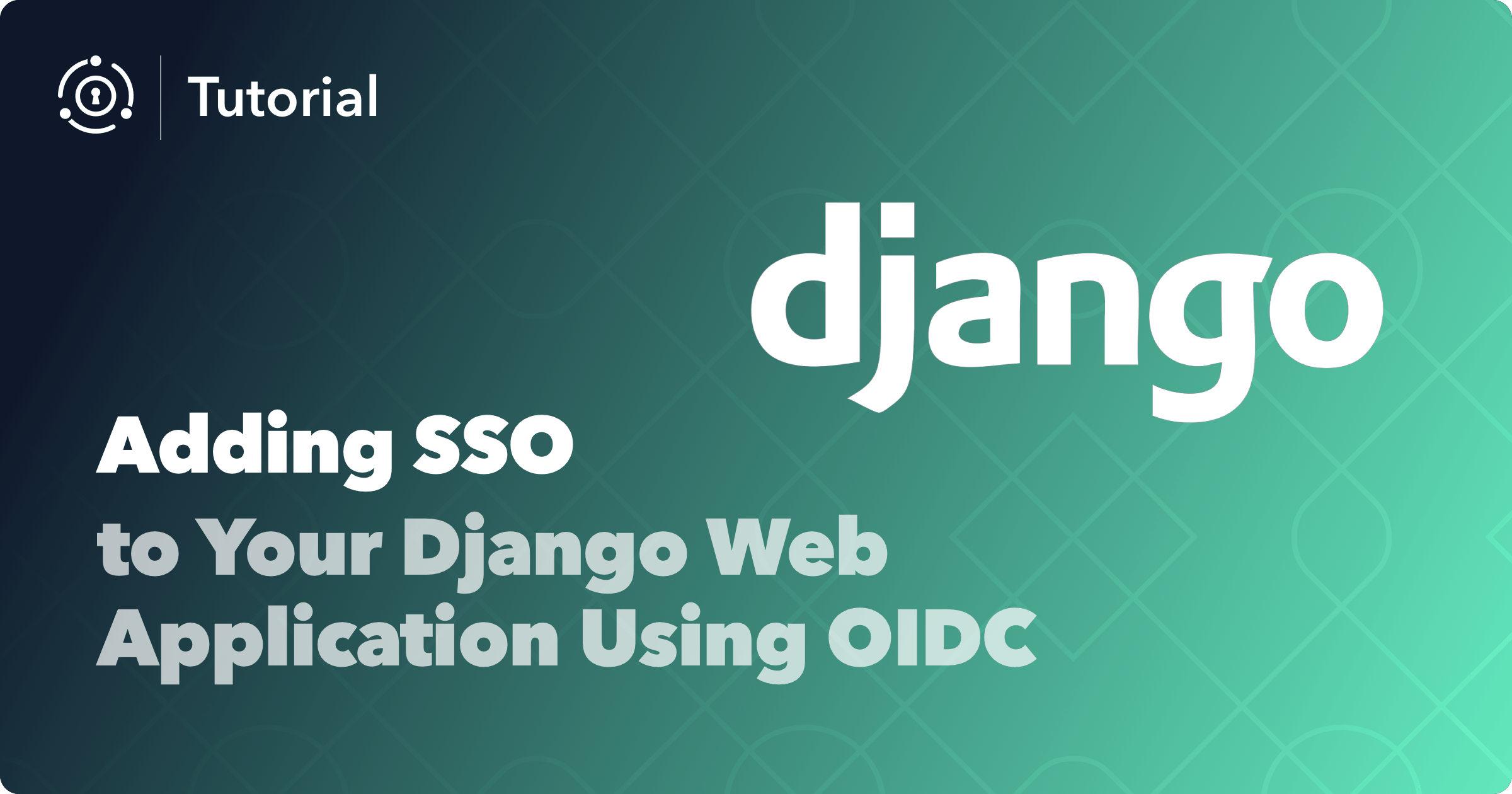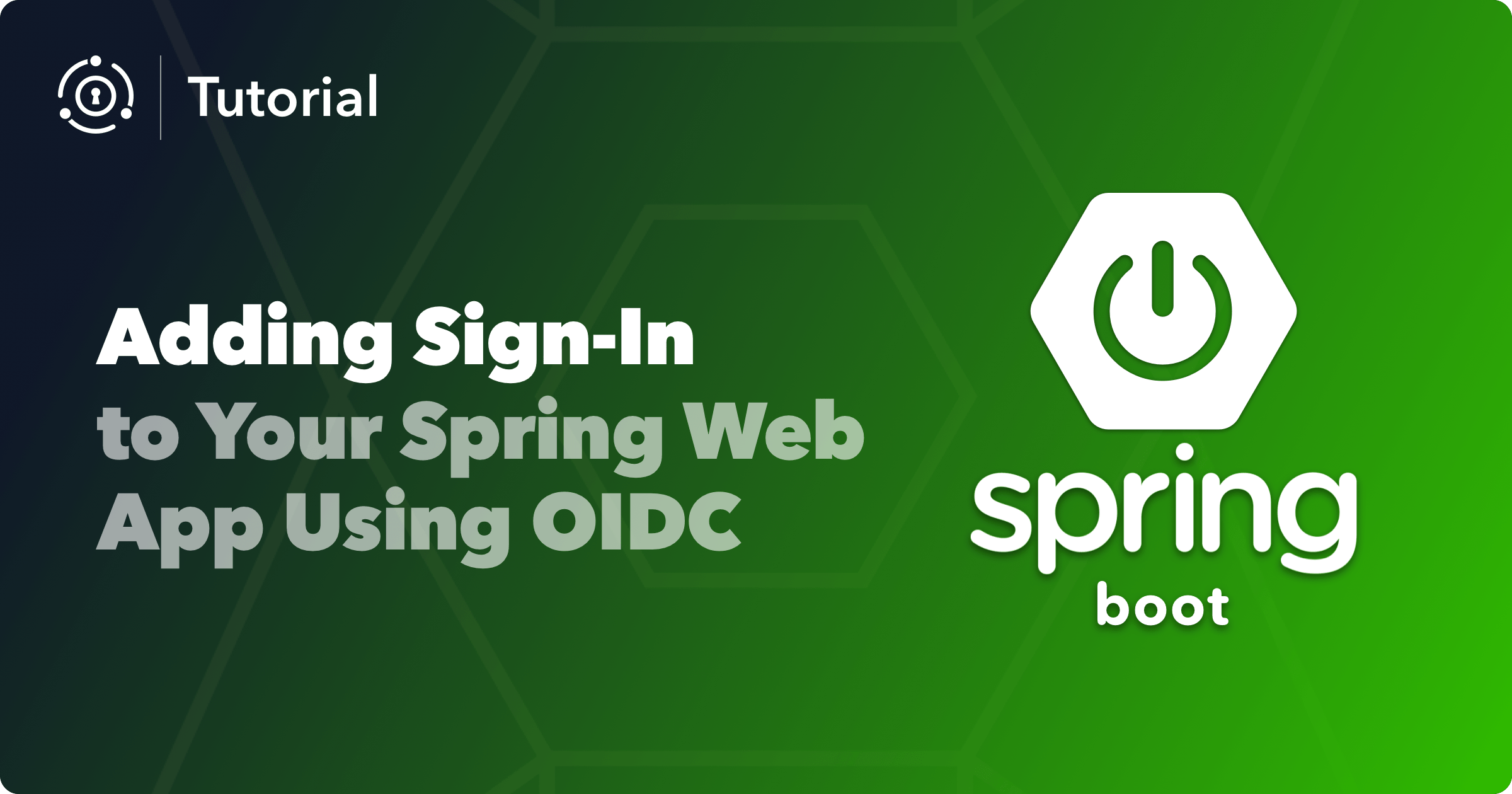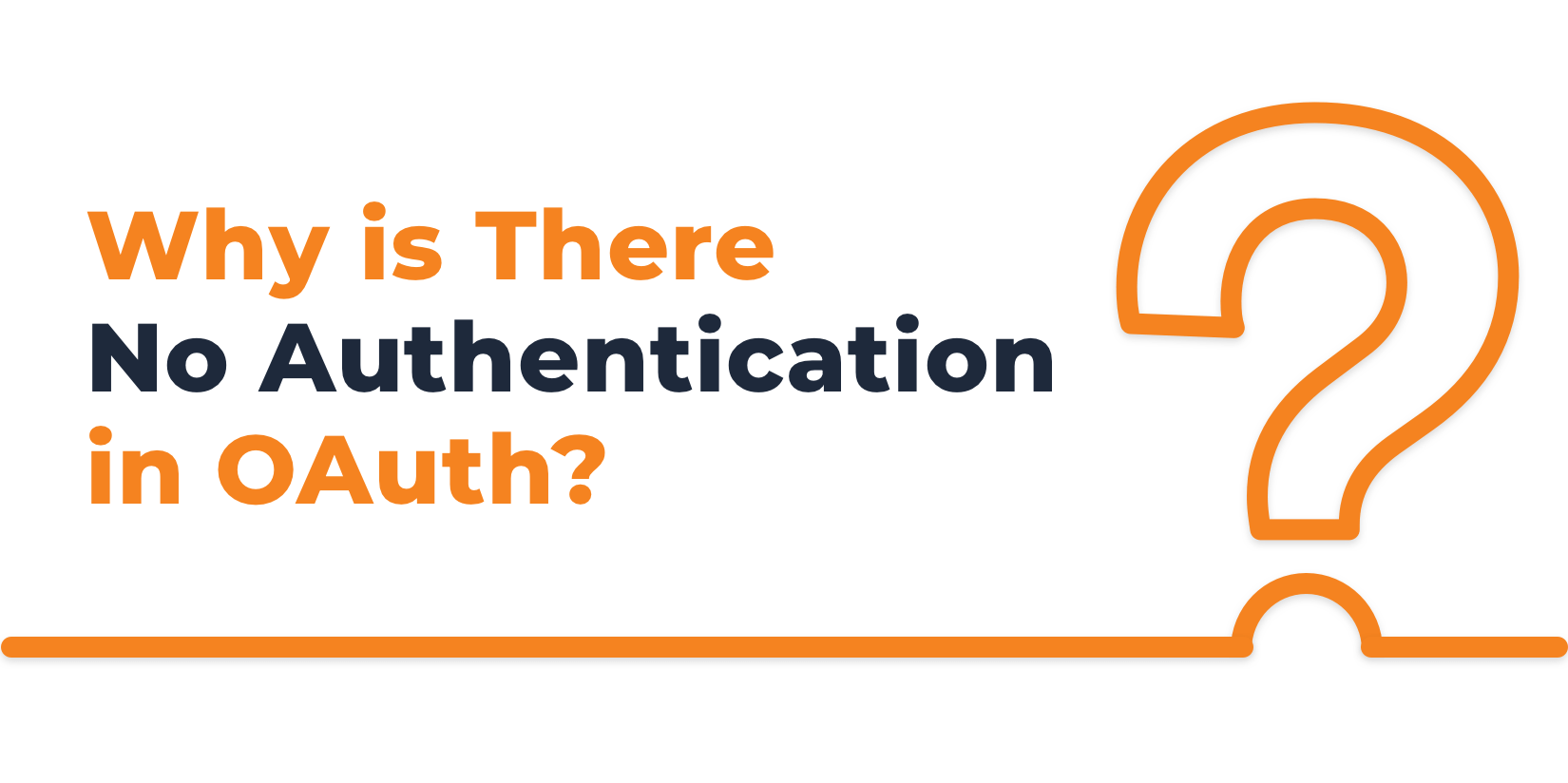
Adding single sign-on to your Django web application using OIDC
Single sign-on (SSO) is a session and user authentication technique that permits a user to use one set of login credentials to authenticate with multiple apps....
January 24, 2023
Tags

Single sign-on (SSO) is a session and user authentication technique that permits a user to use one set of login credentials to authenticate with multiple apps....
January 24, 2023

It's essential for digital platforms to keep their data and resources secure, which is why authentication protocols are so necessary. Authentication protocols...
January 9, 2023

In this tutorial, we'll build a basic Java and Spring web application that does user registration and authentication. You'll use FusionAuth to provide this...
January 3, 2023

OAuth, a standard for securely delegating authorization information, and OIDC, a profile written on top of it to securely transmit user profile data, both rely...
June 14, 2022
Showing 1 to 4 of 4 results
Get updates on techniques, technical guides, and the latest product innovations coming from FusionAuth.
Just dev stuff. No junk.